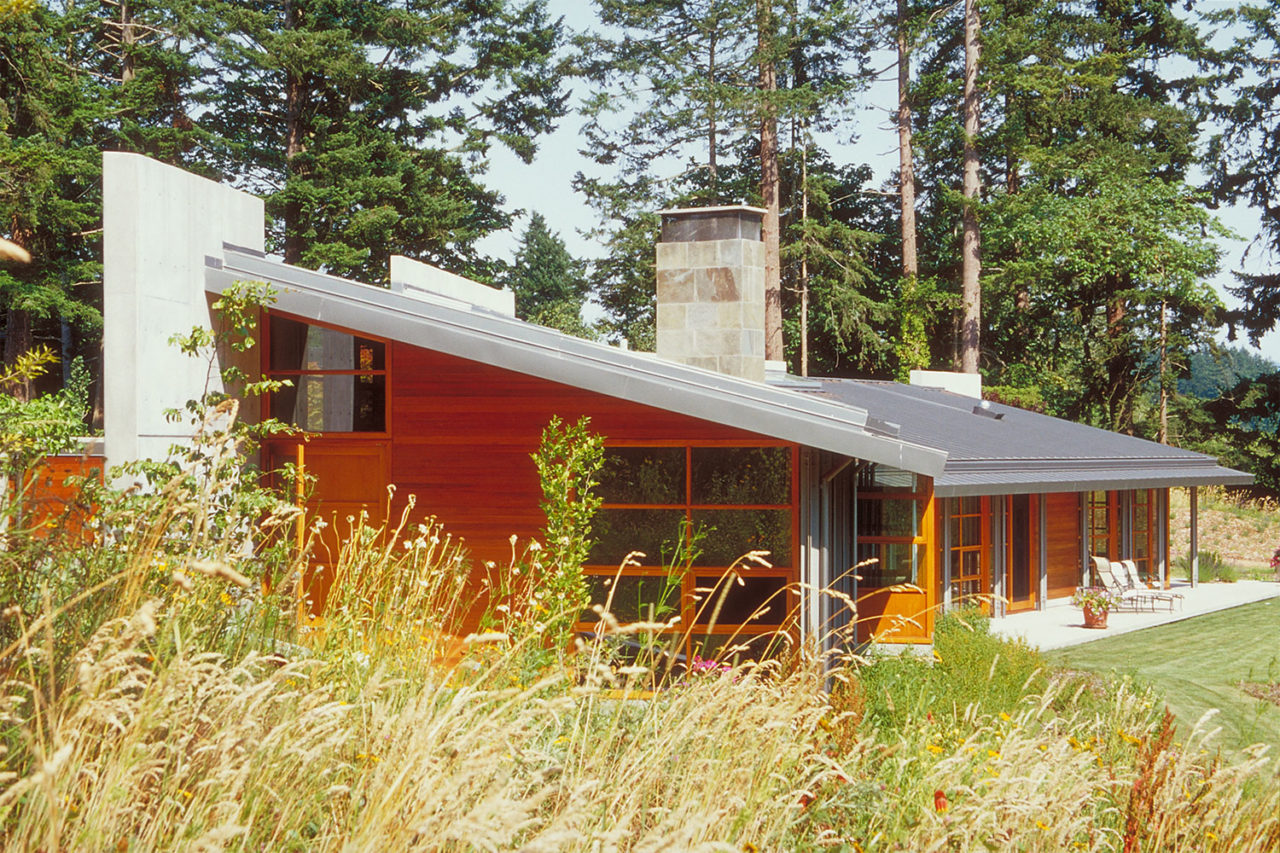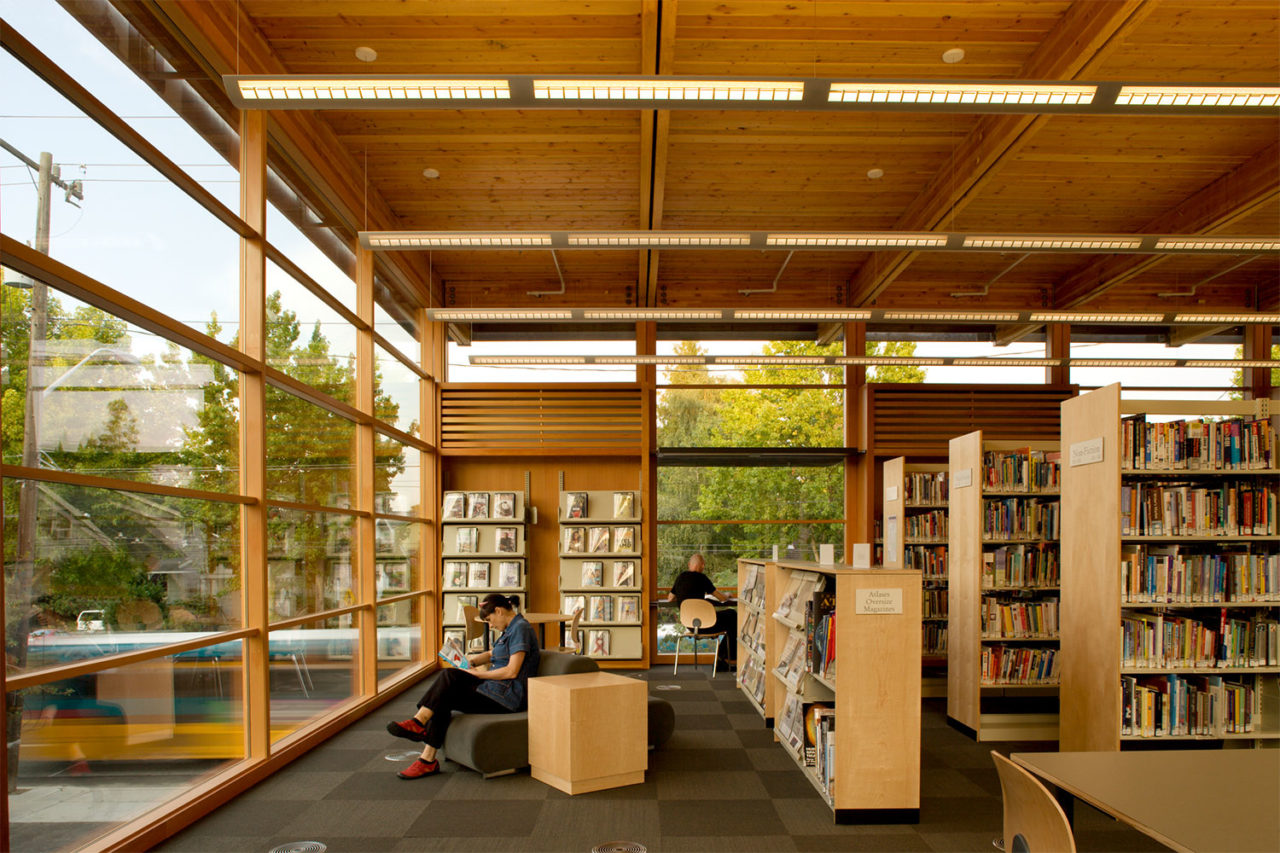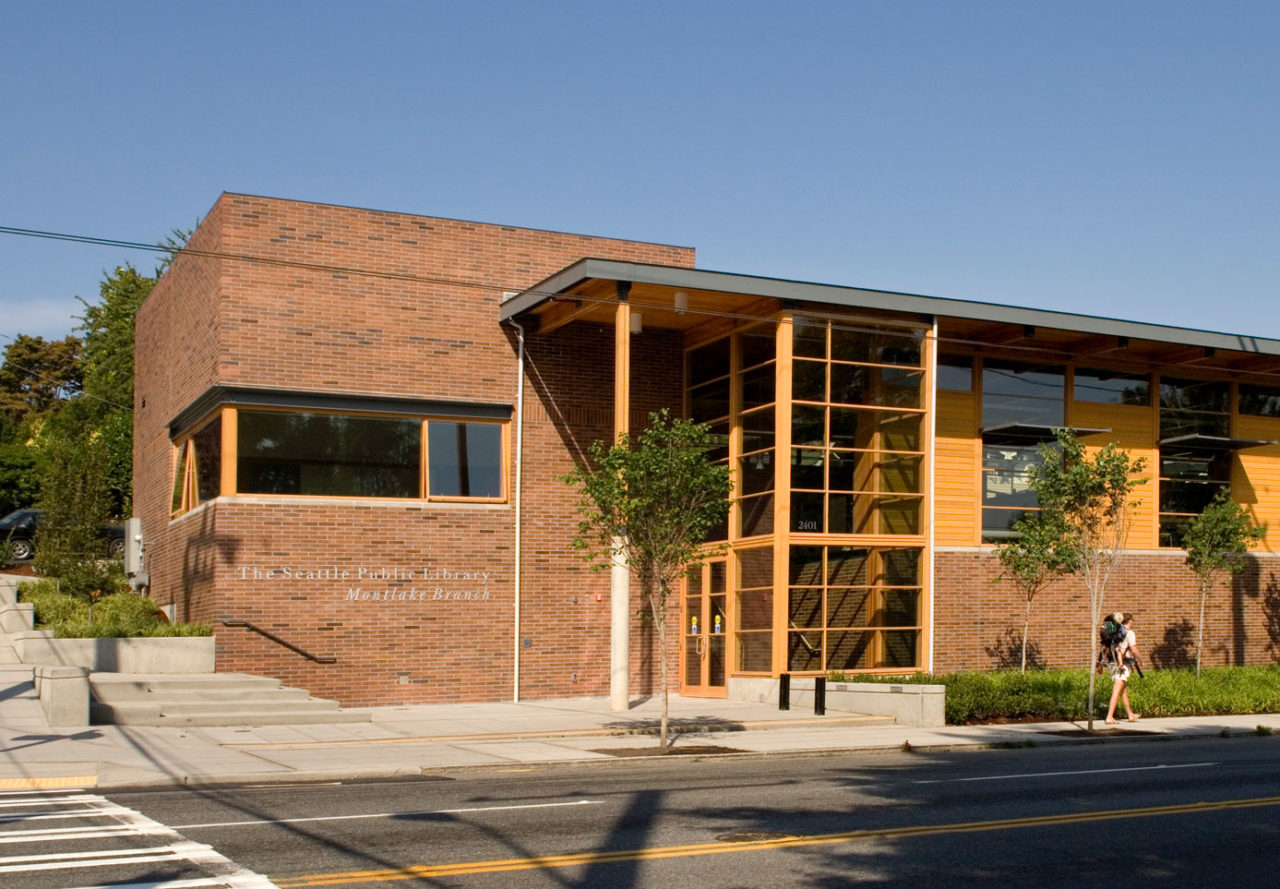by: AIA New York
As founding Executive Director of the Building Energy Exchange (BE-Ex), Richard Yancey, FAIA, LEED AP, has created a pioneering international center of excellence dedicated to building energy efficiency. The nonprofit BE-Ex works to accelerate the transition to healthy, comfortable, and energy-efficient buildings by serving as a resource and trusted expert to the building industry. Through education, exhibits, and actionable research, BE-Ex plays a central role in climate action plans of both New York City and State. The organization also advances high-performance buildings globally, as the founding member of the United Nations ECE International Center of Excellence for High Performance Buildings. Prior to founding BE-Ex, Richard practiced architecture in Seattle and New York, leading a diverse array of award-winning commercial, institutional, and residential projects.
The Jury of Fellows of the AIA elevated Yancey to the College of Fellows in the fourth category (public service, government, industry, or organization) of Fellowship, which recognizes architects who have worked “To ensure the advancement of the living standards of people through their improved environment,” according to the organization’s definition. Yancey was recognized at the New Fellows Reception hosted by AIA New York and at an investiture ceremony at the AIA Conference on Architecture.
Q: What is influencing your work the most right now?
A: The existential threat of climate change.
Q: What do you see as an architect’s role—and responsibility—within our culture?
A: Architects have always had a profound role and responsibility in shaping our cities to be inspiring, democratic, and inclusive; and in creating architecture that is equitable, uplifting, and delightful. The threat of climate change has added an urgency to our profession’s role as leading advocates, and activists, for action. Buildings represent 40 percent of global carbon emissions. Architects can—we must—be a force that drives us to net zero carbon buildings before midcentury.
Q: What do you think are the biggest challenges, or opportunities, facing cities today?
A: Existing buildings. In New York, like most cities, buildings are responsible for nearly 70 percent of our total greenhouse gas emissions, and 90 percent of our current building stock will still be here in 2050. To address climate change, our cities must radically improve the energy performance of nearly all our existing buildings. This is a monumental task, and one that requires a radical transformation of our entire building industry. As architects, we have the opportunity to help lead this revolution.
Q: How do you feel about the state of the industry right now?
A: Our industry needs to radically change the way we design and build. The solutions are mostly known, but the pace of change must accelerate with urgency. As an architect, it has been thrilling to lead the design of several projects that have received awards. Seeing a compelling space move from imagination, to drawing board, to physical materials is truly humbling and inspiring. As an industry, however, we have not fundamentally changed our definition of architectural success to fully encompass a project’s performance—how it effects the health of its occupants or its full impact on the environment. For our industry to succeed in our new paradigm an award must be more than a compelling photograph; valuation must internalize the true costs and benefits of our buildings.
Q: What are some of your favorite recent projects that you’ve worked on?
A: A neighborhood library, in Seattle, was an special opportunity to collaborate with a community to create a small civic building with many facets: establishing a transition between a commercial center and residential neighborhood; maximizing daylight, while minimizing energy; and creating a diversity of spaces, at the civic, community, and individual scale. More recently, I had the pleasure of collaborating with Architecture Research Office to renovate a partial floor in New York’s historic Surrogate Courthouse into a center of excellence for high performance buildings. The project used a restrained and integrated approach to create state of the art, daylighted classrooms and exhibit spaces that left the incredible historic building fabric intact.
Editors’ Note: This feature is part of a series celebrating the members of the American Institute of Architects (AIA) New York Chapter who are elevated each year to the AIA College of Fellows, an honor awarded to members who have made significant contributions to both the profession and society. Learn more about Fellowship here.













